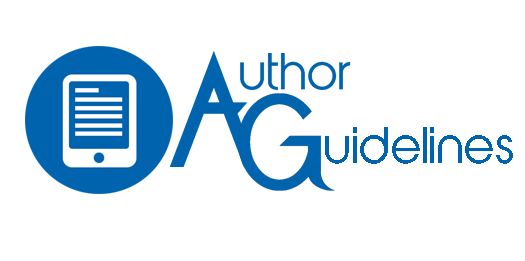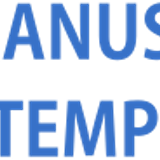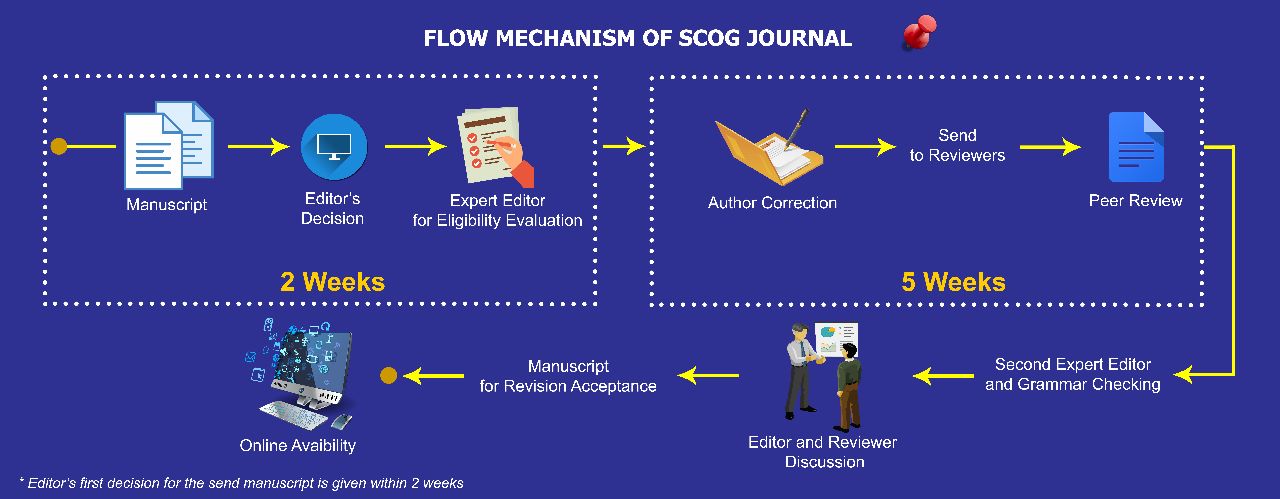PEPTIDE SURFACTANT FOR EOR APPLICATION
Abstract
Motivated by recent advances on the peptides surfactants that capable of forming emulsion stabilization by lowering the interfacial tension, an extensive set of tests were carried out to further investigate the applicability of peptide molecules for enhanced oil recovery application. A designed peptide surfactant using protein biotechnology approach was laboratory tested at three samples representing the different oil characteristics, water formation, and reservoir rock. The best performance of peptide surfactant obtained is of sample A. Peptide surfactant is able to form microemulsion Type III at pH 11. It can lower the interfacial tension value until the range of 10-2 dyne/cm at 25°C, even though itsn’t reached the desired target yet which is 10-3 dyne/cm or even less. It can also change rock wettability from water wet into strong water wet. Sample A has relatively short hydrocarbon chain compared to samples B and C, it is classifi ed as intermediate oil, medium salinity for water formation, and rock mineral is dominated with quartz without gypsum that is very harmful to the fuction of surfactant. The developed peptide surfactant hasn’t been stable at high temperature yet. When tested at 70°C, the interfacial tension value increase to around 10-1 dyne/cm. Displacement effi ciency using oil sample A is less than 1%. Based on these results, the next peptide surfactant design will be focused on resistance capability improvement to temperature and peptide amino acid structure position to produce the better result of surfactant. The performance test results of peptide surfactant presented in this paper is valuable in designing specifi c peptide surfactant for certain oil fi eld.
Keywords
Full Text:
PDFReferences
Abbasi, S., Shahrabadi, A., and Golghandashti, H., 2011. “Experimental Investigation of Clay Minerals’ Effects on the Permeability”, SPE European Formation Damage Conference, Noordwijk, Netherlands.
Al-Saadi, F. S., Al-Subhi, H. A., and Sl-Siyabi, H., 2014. Recovery Factor Estimation in EOR Polymerflood Project: Field Case, SPE EOR Conference at Oil and Gas West Asia, Muscat, Oman.
Barnes, J. R., Groen, K., On, A., Dubey, S. T., Reznik, C., Buijse, M. A., and Shepherd, A. G., 2012.
Controlled Hydrophobe Branching to Match Surfactant to Crude Composition for Chemical EOR, Tulsa, California, USA.
Dexter, A. F. and Middelberg, A. P. J., 2008. “Peptides As Functional Surfactants”, Ind. Eng. Chem. Res., Volume 47, pp. 6391-6398.
Dexter, A.F., Malcom, A.S., and Middelberg, A.P.J., 2006. Reversible Active Switching of the Mechanical Properties of a Peptide Film at Fluid-Fluid Interface, Nature Materials, Volume 5, pp. 502-506.
Gadhave, A., 2014. “Determination of Hydrophilic-Lipophilic Balance Value”, International Journal of Science and Research (IJSR), Volume 3 (4), pp. 573-575.
Gao, B. and Mani, S. M., 2012. A New Family of Anionic Surfactant for EOR Applications, SPE Annual Technical Conference and Exhibition, San Antonio, Texas, USA.
Hirasaki, G., Miller, C. A., and Puerto, M., 2011. Recent Advances in Surfactant EOR, SPE Journal, Volume 16 (04), pp. 889-907.
Jaya, I., Witarto, A.B., Udiharto, M., Usman, Haris, A., Rahayu, S.A., Sugihardjo, Syafrizal, Faozani, Y., Nanda, C., and Kristiawan, O., 2012. Perancangan Surfaktan Protein untuk Pengurasan Minyak, Presiding Simposium Nasional dan Kongres IATMI XII, Jakarta.
Jaya, I., Witarto, A.B., Haris, A., Faozani, Y., Syafrizal, and Usman, 2011. Pengaruh Jenis Struktur Molekul Peptida terhadap Tegangan Antar Muka: Sebuah Upaya Pengembangan Surfaktan EOR dengan Penerapan Nanobioteknologi, Diskusi Ilmiah XI, PPPTMGB “LEMIGAS”, Jakarta.
Jayeng, J. W., 2014. “Inventarisasi dan Analisis Data Cadangan Migas Indonesia, 01 Januari 2014”, Laporan Penelitian PPPTMGB “LEMIGAS” Tahun 2014, Jakarta.
Lumban Tobing, S., Natalia, S., and Silalahi, H. S., 2011. “Improving Oil Recovery and Injection Strategy in Shallow Reservoir (Rindu Reservoir) of Area 3, 4 Duri Steam Flood”, SPE Asia Pacific Oil and Gas Conference and Exhibition, Jakarta, Indonesia.
Moreno, J. E., Gurpinar, O. M., Liu, Y., Al-Kinani, A., and Cakir, N., 2014. EOR Advisor System: A Comprehensive Approach to EOR Selection, International Petroleum Technology Conference, Kuala Lumpur, Malaysia.
Sheng, J. J., 2013. “A Comprehensive Review of Alkaline-Surfactant-Polymer (ASP) Flooding”, SPE Western Regional & AAPG Pacific Section Meeting 2013 Joint Technical Conference, Monterey, California, USA.
Usman, Iskandar, U. P., Sugihardjo, and Lastiadi, H., 2014. Systematic Approach to Source-Sink Matching for CO2 EOR and Sequestration in South Sumatera, Energy Procedia, Volume 63 (2014), 7750-7760.
Usman, 2011. Potensi Pengembangan EOR untuk Peningkatan Produksi Minyak Indonesia, Lembaran Publikasi Minyak dan Gas Bumi, Volume 45 (2), pp. 91-102, Jakarta.
Wang, L. and Mohanty, K., 2014. Enhanced Oil Recovery in Gasflooded Carbonate Reservoirs by Wettability-Altering Surfactants, SPE Journal, Volume 20 (01), pp. 60-69.
Wang, X., Corin, K., Baaske, P., Wienken, C. J., Willemsen, M. J., Duhr, S., Braun, D., and Zhang, S., 2011. “Peptide Surfactants for Cell-Free Production of Functional G Protein-Cuopled Receptors”, MIT Open Access Articles, National Academy of Science, USA.
Zhang, G., Yu, J., Du, C., and Lee, R., 2015. Formulation of Surfactants for Very Low/High Salinity Surfactant Flooding without Alkali, SPE International Symposium on Oilfield Chemistry, The Woodlands, Texas, USA.
Zhang, J., Wang, D., and Butler, R., 2013. Optimal Salinity Study to Support Surfactant Imbibition into the Bakken Shale, SPE Unconventional Resources Conference, Alberta, Canada.
Zhu, Y., Cao, F., Bai, Z., Wang, Z., Wang, H., and Zhao, S., 2014. Studies on ASP Flooding Formulation Based n Alkylbenzene Sulfonate Surfactants, SPE Asia Pacifi c Oil & Gas Conference and Exhibition, Adelaide, Australia.
DOI: https://doi.org/10.29017/SCOG.38.2.543

This work is licensed under a Creative Commons Attribution-NonCommercial-NoDerivatives 4.0 International License.






